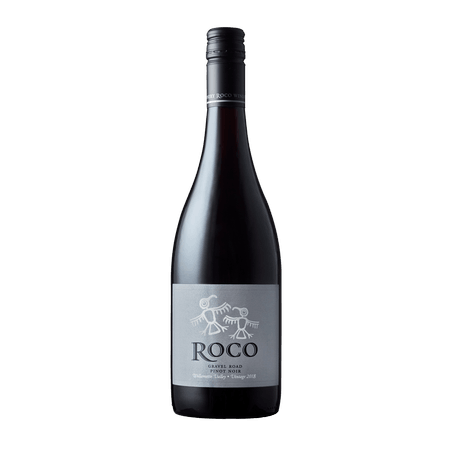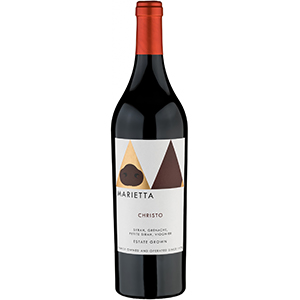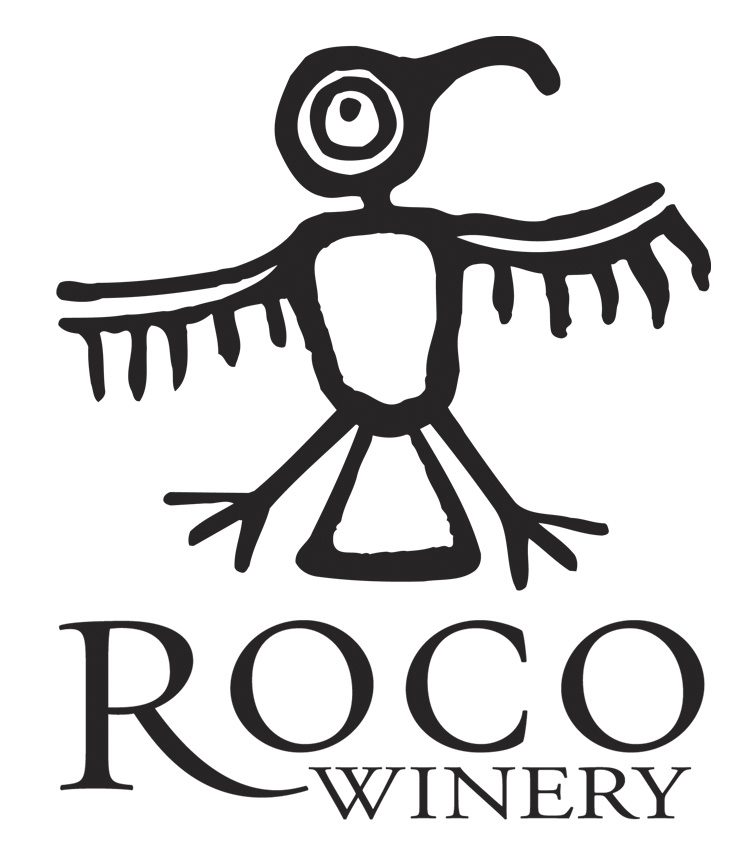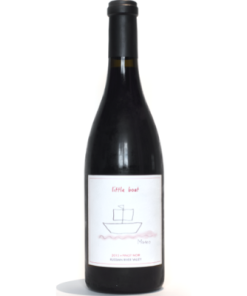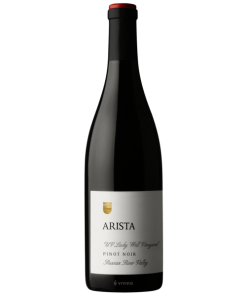2019 Roco Pinot Noir The Stalker
$28.40
The Stalker Pinot Noir is a unique wine. The fermentation style was developed by ROCO’s owner/winemaker
Out of stock
2019 Roco Pinot Noir The Stalker
2019 Roco Pinot Noir The Stalker This 2019 wine is fermented with stalks, not clusters, to ramp up the phenolics. The technique has been developed over the years to make it less intrusive and more complementary to the fruit. Here the tight cherry flavors are framed with accents of green hay, fennel and stem, which stiffen up the tannins. A light touch of maple syrup runs through the finish. It’s a unique wine that will reward aeration.
Roco Winery
In all ROCO winemaking, we begin by working with grape farmers whose sustainable viticulture practices promote the lively ecosystems at the foundation of vibrant wines. The work of winemaking largely happens in the cellar, but we cannot begin our work until we’ve benefited from the good work of others.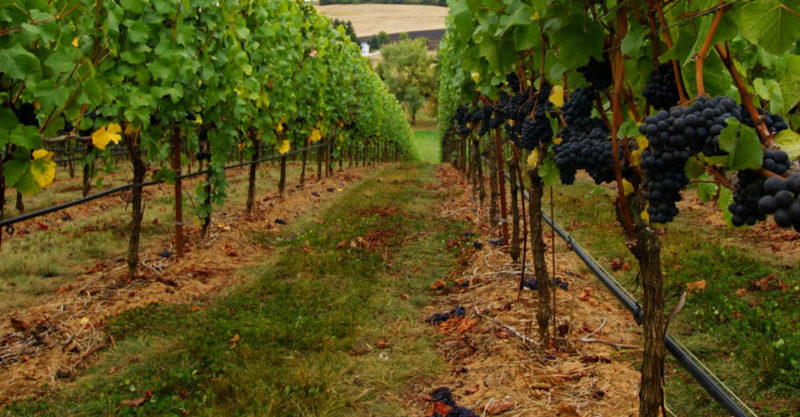
Visionary from the beginning, ROCO winemaker Rollin Soles came to Oregon in 1986 with a radical idea: To prove, from the ground up, that the Willamette Valley is the New World’s premier sparkling wine region. He believed this marine-influenced landscape north of the 45th parallel could grow the crisp, fresh-fruited Pinot Noir and Chardonnay needed to produce world-class sparkling wine in the tradition of Champagne. So he rolled up in a square-back ’68 Volkswagen as a 30 year-old dreamer and built the state’s first and largest sparkling-wine production facility. Now more than three decades into this craft, he has the most experience of any winemaker in the region with Oregon bubbles. ROCO’s signature RMS Brut and RMS Brut Rosé showcase the excellence made possible by hard-won experience and relentlessly big ideas.
Pinot Noir
Pinot Noir is the dominant Red Wine Grape of Burgundy, now adopted (and extensively studied) in wine regions all over the world. The variety’s elusive charm has 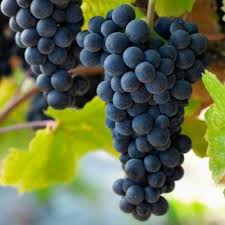 carried it to all manner of vineyards. These extend from western Germany (as Spätburgunder) and northern Italy to Chile, South Africa, Australia, New Zealand and the USA. California, Oregon are arguably the greatest centers for the grape outside its home territory.
carried it to all manner of vineyards. These extend from western Germany (as Spätburgunder) and northern Italy to Chile, South Africa, Australia, New Zealand and the USA. California, Oregon are arguably the greatest centers for the grape outside its home territory.
However great Pinot Noir is made in all of these territories. The essence of Pinot Noir wine is its aroma of red berries and cherry (fresh red cherries in lighter wines and stewed black cherries in weightier examples). Many of the more complex examples show hints of forest floor. Well-built Pinot Noirs, particularly from warmer harvests, suggest leather and violets, sometimes recalling Syrah.
There are two theories regarding the Pinot name. One is that it came about because their bunches are similar in shape to a pine cone (pinot in French). It may derive, however, from a place name in France such as Pinos or Pignols from where cuttings were obtained. Pignols in the Auvergne, for example, has cultivated Pinot since the Middle Ages. It was previously believed that Pinot Noir, Pinot Blanc, Pinot Gris, Pinot Meunier, Pinot Précoce (Frühburgunder) et al were members of a “”Pinot Family”” of distinct grape varieties. But DNA profiling has shown them to share the same genetic fingerprint. Thus, they should properly be considered as mutations or clones of a common variety. “
Related products
Wines!
Best Sell Pinot Noir
2020 Domaine des Lambrays Clos des Lambrays Grand Cru 2020 Domaine des Lambrays Clos des Lambrays Grand Cru, A fresh red, with black currant and black cherry flavors shaded by floral, iron, earth and spice elements. Fluid and on the elegant side, with a solid underlying framework of tannins. Turns a bit leaner on the [...]
98pts Suckling Not rated by Spectator or Parker Yet
Burgundy
2019 Nicolas Rossignol Volnay 2019 Nicolas Rossignol Volnay is medium to full-bodied with aromas of plums, wild berries, warm spices and licorice, fleshy and layered, with fine concentration, lively acids and an ample core of fruit. Concluding with elegantly chalky grip on the finish, this cuvée has always been one of the more charming and immediate [...]
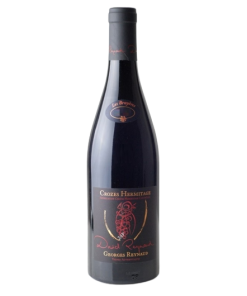 2019 Domaine Les Bruyeres Crozes-Hermitage Cuvee Georges Reynaud 750ML
2019 Domaine Les Bruyeres Crozes-Hermitage Cuvee Georges Reynaud 750ML 